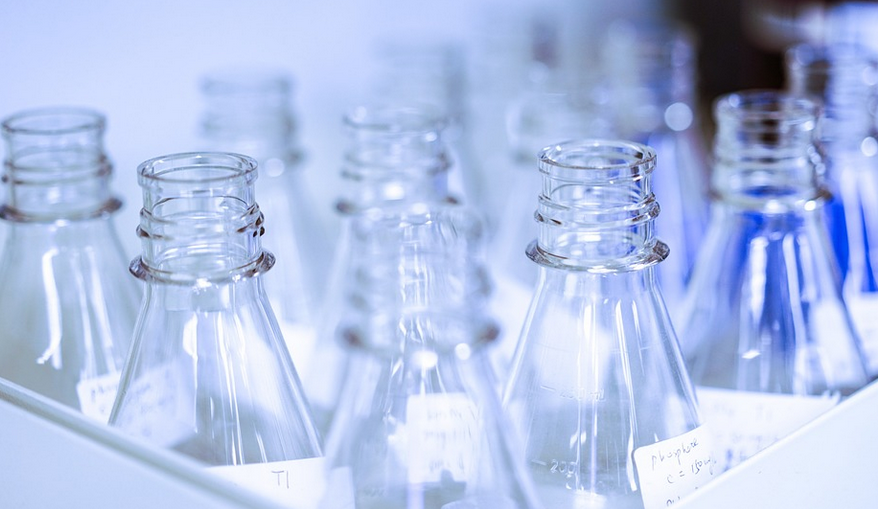Introduction
Acetic acid, also known as ethanoic acid, is a weak organic acid commonly found in vinegar. On the other hand, sodium hydrogen carbonate, also known as baking soda, is a white crystalline powder used in baking and cleaning. When acetic acid reacts with sodium hydrogen carbonate, a chemical reaction occurs that produces carbon dioxide gas, water, and sodium acetate.
The Chemical Reaction
The chemical equation for the reaction between acetic acid and sodium hydrogen carbonate is as follows: CH3COOH + NaHCO3 → CO2 + H2O + NaCH3COO This equation shows that acetic acid and sodium hydrogen carbonate react to form carbon dioxide gas, water, and sodium acetate. The reaction is exothermic, which means that it releases heat.
How the Reaction Occurs
The reaction between acetic acid and sodium hydrogen carbonate occurs because of the acid-base reaction. Acetic acid is an acid because it donates a hydrogen ion (H+) to the sodium hydrogen carbonate. Sodium hydrogen carbonate is a base because it accepts the hydrogen ion. This reaction produces carbonic acid, which immediately decomposes to form carbon dioxide gas and water.
What Happens to the Products?
The carbon dioxide gas produced in the reaction is responsible for the bubbling that occurs when vinegar is mixed with baking soda. The water produced is in the form of steam, which can be seen as a mist. The sodium acetate produced is a salt that remains dissolved in the water.
Applications of the Reaction
The reaction between acetic acid and sodium hydrogen carbonate is used in many applications. For example, it is used in baking as a leavening agent to make baked goods rise. It is also used in cleaning as a natural and effective way to remove stains and odors.
Safety Precautions
Although the reaction between acetic acid and sodium hydrogen carbonate is generally safe, it is important to take some safety precautions. Firstly, do not ingest the products of the reaction. Secondly, do not mix vinegar with bleach, as this can produce toxic chlorine gas. Lastly, wear gloves and eye protection when handling concentrated acetic acid.
Conclusion
In conclusion, the reaction between acetic acid and sodium hydrogen carbonate produces carbon dioxide gas, water, and sodium acetate. This reaction is used in many applications, including baking and cleaning. Although generally safe, it is important to take some safety precautions when handling concentrated acetic acid.

